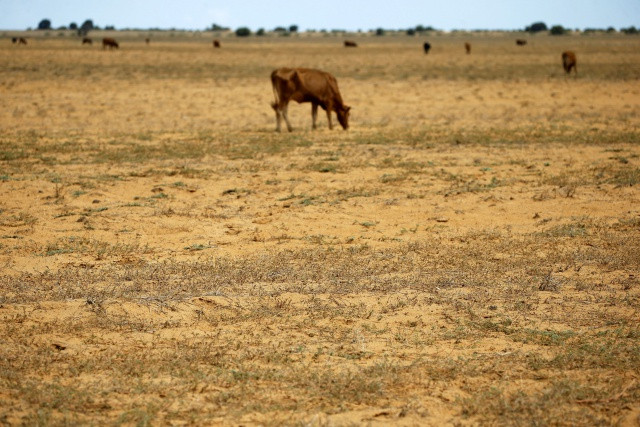El Niño is officially back after it was spotted already formed in the central Pacific. The National Oceanic and Atmospheric Administration announced its arrival on Thursday, Feb. 14, and informed the public that it can last from three to four months.
According to NOAA's announcement, the El Niño is weak but it can still pose danger because it will bring wetter conditions through the southern half of the United States. It was also stated that this weather condition is already in effect and likely to continue until spring.
Mike Halpert, deputy director at the NOAA's Climate Prediction Center and ENSO forecaster said in a statement, "El Nino conditions across the equatorial Pacific have come together, and we can now announce its arrival. While sea surface temperatures are above average, current observations and climate models indicate that this El Nino will be weak, meaning we do not expect significant global impacts through the remainder of winter and into the spring."
On why El Niño is happening, AccuWeather meteorologists, Brett Rossio, said that it occurs because it is naturally part of a climate pattern that arises when the temperatures on the surface of the sea in the tropical Pacific Ocean increase to above-normal levels for an extended period. He added that there are parts of the country that are experiencing extreme weather.
"Very heavy rain across California has already been a strong indication that we have experienced the effects of El Niño," Rossio said.
As per CNN, El Niño is a weather climate that is formed when the eastern Pacific Ocean become very warm. Typically, the warmer waters are contained in the western Pacific but it affects other parts when the winds blow from east to west and eventually drives the water to the direction of Australia and Indonesia.
Further, when El Niño is in effect, the winds slow down which explains why the affected regions experience hotter temperatures. This weather phenomenon happens every two to seven years and can be mild to severe. This may either bring in more rain or droughts in some countries.
Meanwhile, while it was stated earlier that the current El Niño is weak, it can still have significant effects on the weather pattern in the world. Thus, the public is advised to check out the El Niño Advisory issued by the Climate Prediction Center for safety and precautions.






